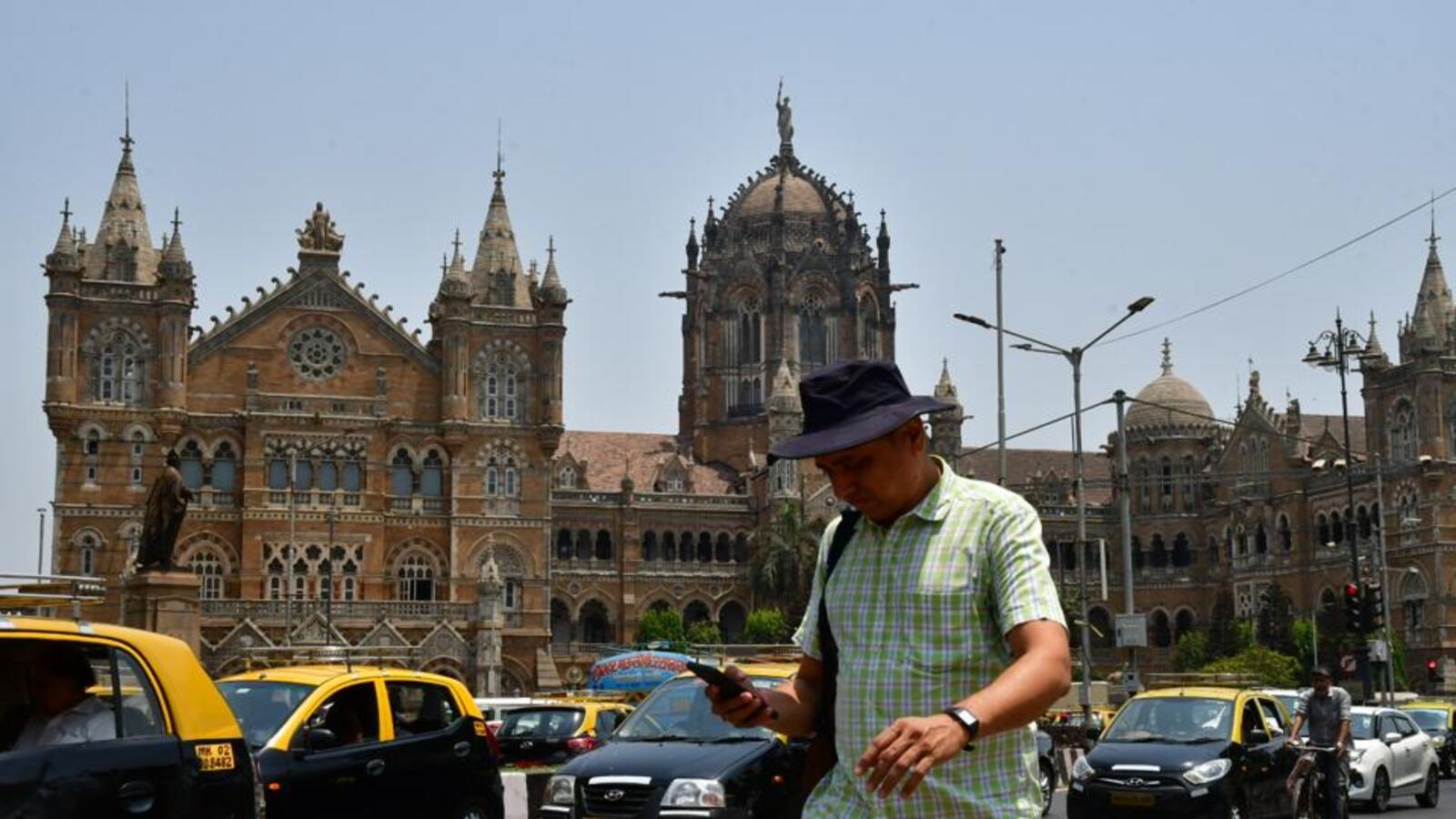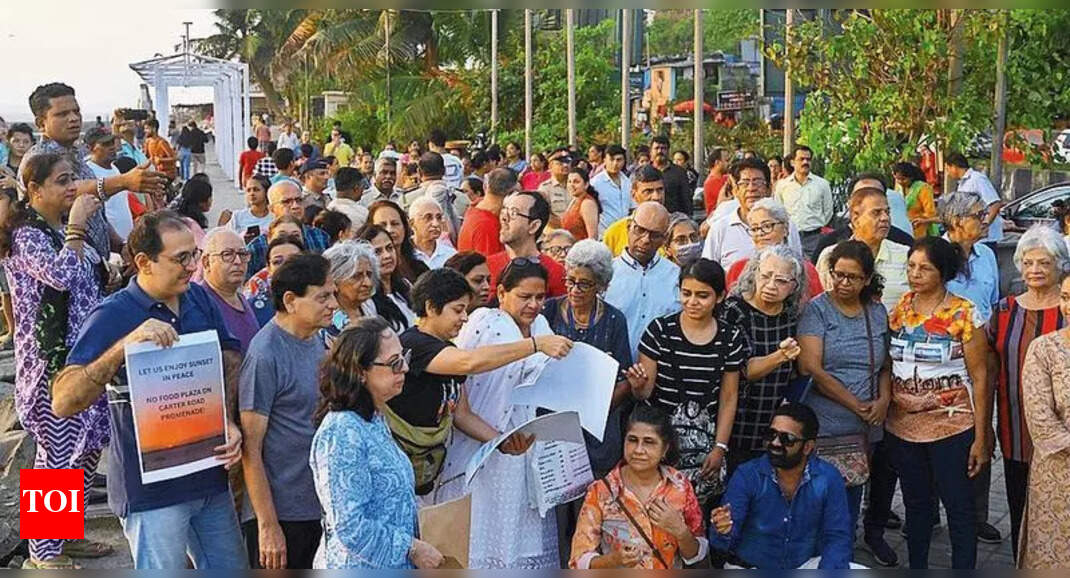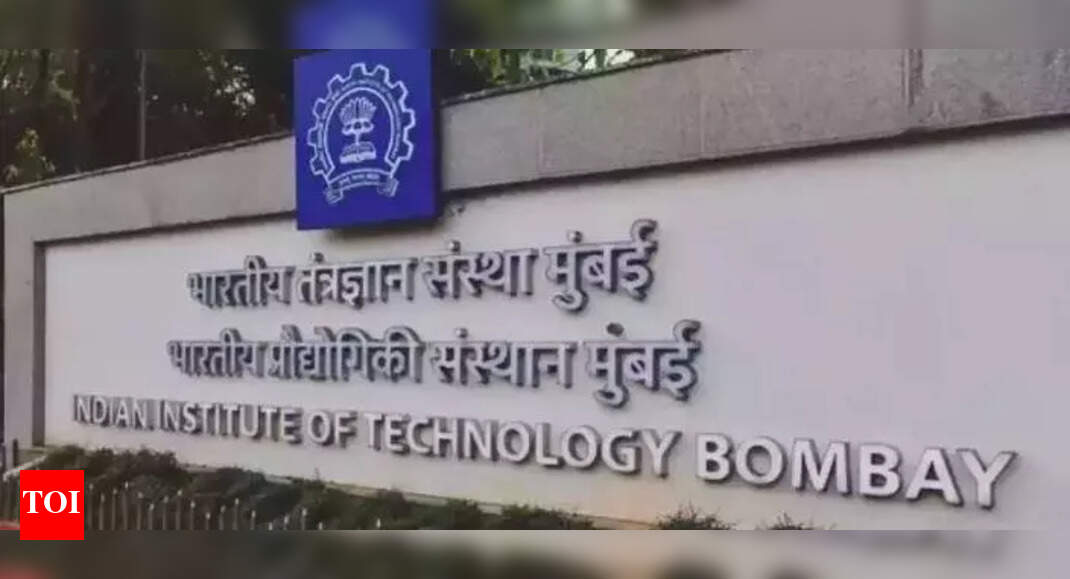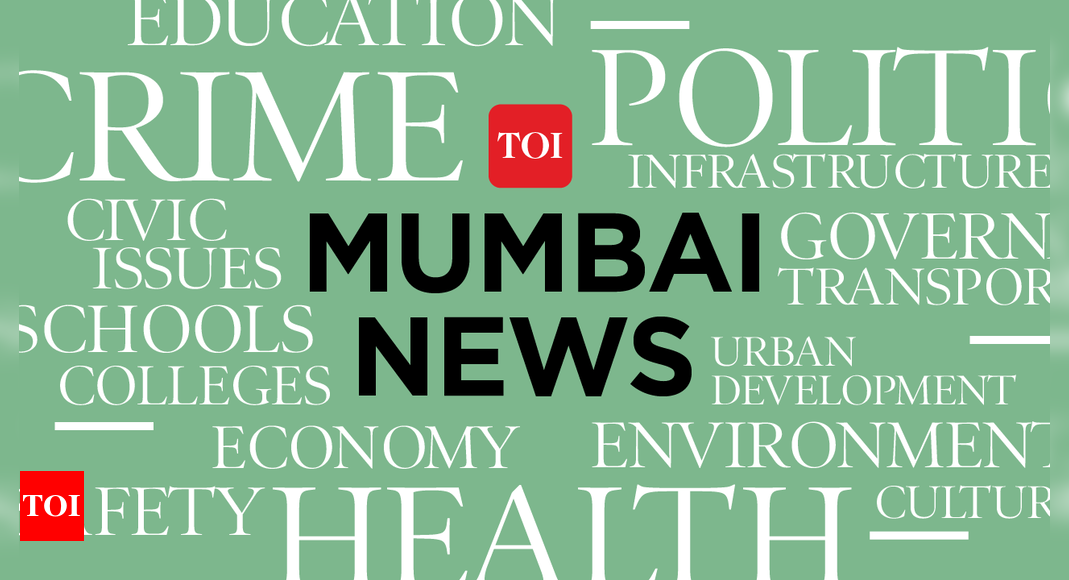MUMBAI: In just the first ten days of April, Maharashtra has reported 34 heatstroke cases—already surpassing the 24 cases logged during the same period last year. With a heatwave gripping several districts, health alerts have been issued across the state, sparking concerns over the implementation of existing safety measures.

District-level data reveals Buldhana has recorded six cases-the highest so far. It is followed by Gadchiroli, Nagpur, and Parbhani have each reported four cases. While no official heat-related deaths have been confirmed, a suspected fatality has been reported from Buldhana. An 11-year-old boy, a Class VI student, collapsed due to extreme heat and died en route to a hospital in Akola.
The India Meteorological Department (IMD) has issued yellow alerts for Mumbai, Thane, Palghar, Raigad, Ratnagiri, and Sindhudurg, warning of a 3–4°C temperature rise and high humidity.
Doctors warn that heatstroke—marked by high body temperature, dizziness, confusion, and dehydration—can be fatal without swift intervention. First-aid includes moving the patient to a shaded or air-cooled area, offering fluids, applying cold compresses, and administering IV fluids if necessary.
Despite warnings, the state’s 16-point Heat Action Plan—drafted after the deadly 2023 Kharghar rally where 14 people died—remains poorly implemented.
Public spaces meant to offer relief continue to operate counterproductively. “It’s ironic that BMC-run gardens in Mumbai still close from 1–3 pm—right during peak heat hours,” said Bhagwan Kesbhat, CEO of the Waatavaran Foundation, a Mumbai-based, not-for-profit organisation that works to address climate change. “Water kiosks and shaded spaces should be basic public services.”
Other measures, including white-washing rooftops and revising work hours for vulnerable workers, have seen little progress. In Amravati, labourers under Mahatma Gandhi National Rural Employment Guarantee (Mgnrega), including pregnant women, continue to toil in the afternoon sun without access to drinking water or shade.
Amid mounting criticism, the state has initiated some notable steps. This April, Maharashtra signed an MoU with the Natural Resources Defense Council (NRDC) to improve climate resilience through passive cooling, sustainable refrigerants, and better urban design.
“This partnership strengthens Maharashtra’s preparedness by integrating sustainable cooling into governance, in line with the India Cooling Action Plan,” said Abhiyant Tiwari, lead climate resilience and health consultant at NRDC India.
Hospitals are also stepping up. Dedicated heat emergency beds are being introduced in district facilities, while the upcoming State Institute of Disaster Management (SIDM) aims to centralise response coordination.
Maharashtra has also become the first state to introduce a climate-responsive budget. All departments are now required to factor in climate risks—like heatwaves—into their annual plans.
Still, glaring gaps persist. In rural areas, the shortage of trained medical personnel hinders the accurate detection and reporting of heatstroke cases. “Many rural doctors lack both the training and infrastructure for identifying heat-induced deaths,” said a senior forensic expert. “In most places, we can’t even extract vitreous fluid, which is key to confirming a heat-related fatality.”
The Ministry of Health recently issued guidelines on autopsy procedures in suspected heat deaths—but awareness remains low.










